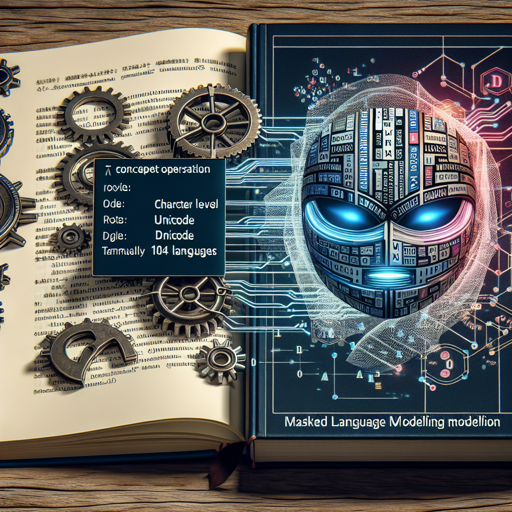Language is a bridge that connects us, and in the realm of artificial intelligence, constructing robust models to traverse this bridge is paramount. Enter CANINE-s—a pre-trained transformer model designed to deliver multilingual capabilities without the complexities of tokenization. Let’s delve into how to harness this innovative model effectively!
What is CANINE-s?
CANINE-s stands for CANINE pre-trained with subword loss. It utilizes a unique masked language modeling (MLM) objective to operate at the character level, transforming input directly into Unicode code points. Unlike its predecessors like BERT and RoBERTa, CANINE-s eliminates the need for traditional tokenizers, making it an efficient tool for handling 104 languages. Imagine reading a book not word by word, but letter by letter, then predicting which words were formed—this is the clever magic behind CANINE!
How to Use CANINE-s
Before you can unlock the linguistic capabilities of CANINE, let’s get into the step-by-step process of utilizing this model.
Step 1: Install the Required Libraries
- Ensure you have the transformers library installation:
pip install transformersStep 2: Load the CANINE Model
Follow this Python code snippet to load the model and tokenizer in your script:
from transformers import CanineTokenizer, CanineModel
# Load the pre-trained model and tokenizer
model = CanineModel.from_pretrained('google/canine-s')
tokenizer = CanineTokenizer.from_pretrained('google/canine-s')Step 3: Prepare Your Input
Feed the model some sentences:
inputs = ["Life is like a box of chocolates.", "You never know what you gonna get."]
# Tokenization and encoding process
encoding = tokenizer(inputs, padding="longest", truncation=True, return_tensors="pt")Step 4: Run the Model
Finally, run the model to get your predictions:
outputs = model(**encoding) # forward pass
pooled_output = outputs.pooler_output
sequence_output = outputs.last_hidden_stateAnalogous Explanation of the Code
Think of using the CANINE model like organizing a library where every book’s title is written on the spine. Instead of sorting books by their titles (words), we label each individual letter with a numeric code—just like we do with Unicode. Here’s the analogy:
- Characters are like individual letters of the titles.
- Unicode code points function as unique library index numbers generated for each of these letters.
- Using these codes simplifies finding the books, just as CANINE simplifies processing multilanguage text without needing complex tokenizers.
- When we put characters into the model, it’s as if we are reading the books letter by letter to understand the story hidden within.
Troubleshooting Common Issues
As with any technology, you may encounter a few hiccups. Here are some common issues and suggestions:
- Issue: Unexpected Input Format
Solution: Ensure that your input sentences are correctly formatted and tokenized. If you encounter an error, double-check that your input matches what the tokenizer expects. - Issue: Performance Lag
Solution: If the model is slow to respond, consider simplifying your input or ensuring your environment has the necessary resources to run the model efficiently.
For more insights, updates, or to collaborate on AI development projects, stay connected with fxis.ai.
Intended Uses & Limitations
While CANINE-s is excellent for tasks like sequence classification and question answering, it is not ideal for creative tasks such as text generation. For these, consider using models like GPT-2.
Conclusion
At fxis.ai, we believe that advancements like CANINE-s are crucial for the future of AI, as they enable more comprehensive and effective solutions. Our team is continually exploring new methodologies to push the envelope in artificial intelligence, ensuring that our clients benefit from the latest technological innovations.

